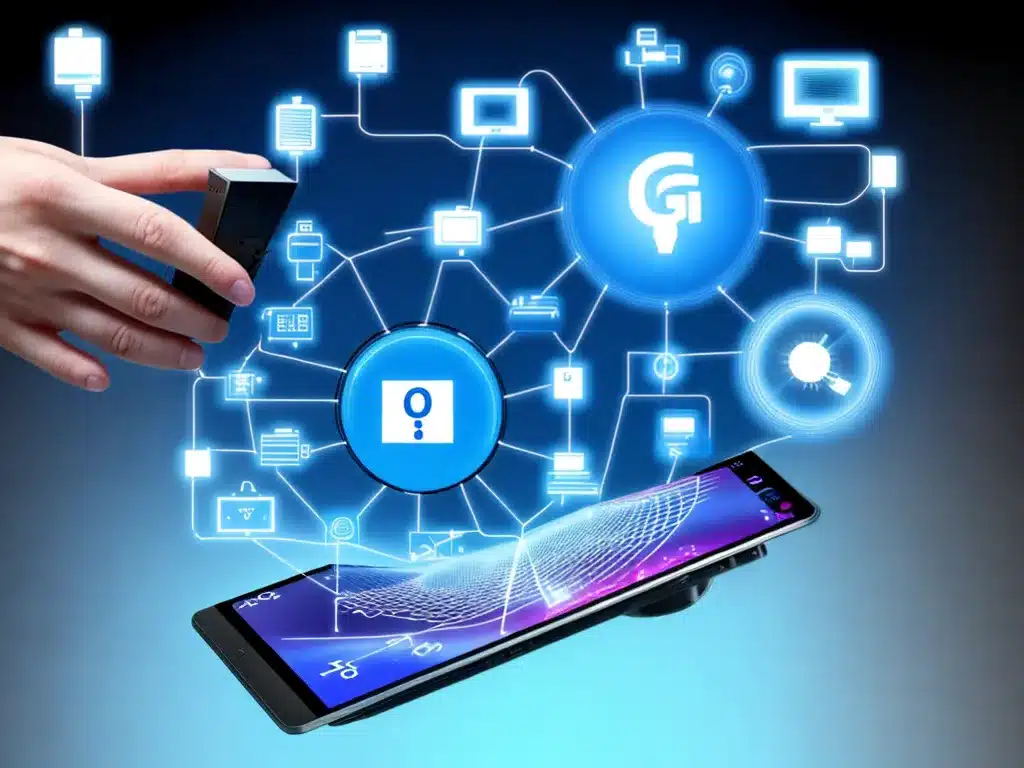
How 5G Will Transform the Internet of Things
5G networks are the next generation of mobile internet connectivity, offering faster speeds and more reliable connections. As 5G rolls out globally in the coming years, it will enable a world of new possibilities for the Internet of Things (IoT). Here is an in-depth look at how 5G will transform the IoT.
Faster Speeds That Unlock IoT Potential
One of the most transformative aspects of 5G is the huge leap in speed it provides. 5G offers peak download speeds up to 20 Gbps, compared to 1 Gbps on 4G networks. This speed empowers IoT devices to transmit and receive data almost instantly. Consider the following examples of how 5G’s faster speeds will impact IoT:
-
Autonomous vehicles will be able to take in visual data, process it, and respond in real-time to provide safe transportation. This would not be possible without the lag-free connectivity of 5G.
-
Industrial IoT sensors will be able to provide continuous streams of data to monitor equipment and enable predictive maintenance. This level of real-time monitoring is not feasible on 4G.
-
Smart city infrastructure like traffic lights and cameras will be able to feed data into control centers to coordinate traffic flow and emergency response. Quick coordination depends on 5G’s high speeds.
-
IoT devices will be able to offload complex computing tasks to the edge of the network. This allows for real-time insights instead of waiting for data to transfer to the cloud.
Massive Device Connectivity
In addition to faster speeds, 5G networks have been designed to support massive device density. 4G networks top out at around 100,000 device connections per square kilometer, but 5G can support up to 1 million connections.
This enables the IoT on an unprecedented scale in spaces like smart factories, where thousands of sensors can connect to monitor production. Other examples include:
-
Large-scale IoT deployments in business, like employee badges connecting within an enterprise.
-
Hyper-connected smart cities where infrastructure, vehicles, and devices all exchange data.
-
Logistics companies tracking thousands of assets in real-time through interconnected supply chains.
New IoT Capabilities
With its combination of faster speeds and expansive connectivity, 5G will bring about entirely new IoT capabilities:
Enhanced Mobile Broadband
5G will allow IoT devices to consume rich multimedia content on the go. Augmented reality guides, 4K video streams, and mobile virtual reality will become commonplace.
Massive Machine-Type Communications
5G enables the massive device density required for large-scale IoT deployments. Any space can become a smart space with thousands of connected sensors.
Ultra-Reliable Low-Latency Communications
Time-sensitive IoT functions like autonomous vehicles, industrial automation, and remote medicine rely on the lag-free reliability of 5G for continuous operation.
Location Accuracy
5G networks provide location accuracy within less than a meter. This allows for precise tracking of assets and spatial coordination of drones, robots, and other technologies.
Optimized Network Infrastructure
5G represents a new network built to optimize IoT connectivity. Key network design components include:
-
Millimeter wave spectrum – High frequency radio waves that support fast speeds over short distances. This is ideal for dense sensor connectivity.
-
Small cell networks – Low-powered miniature cell towers that provide localized 5G coverage. They bolster connectivity in areas with many IoT devices.
-
Edge computing – Processing data on local servers and devices instead of the cloud. This reduces latency for time-sensitive IoT tasks.
-
Network slicing – Partitioning networks into virtual slices adapted for a specific application or device type. It customizes connectivity.
Gradual Adoption Aligning with IoT Readiness
The rollout of 5G is still in its early phases. Widespread coverage may take years in many countries. This gradual adoption aligns with the gradual implementation of IoT across industries. As enterprises and infrastructure adopt IoT capabilities, 5G will be ready to enable more advanced use cases. The two technologies can complement each other and build momentum over time.
In summary, 5G will transform the IoT by providing faster speeds, massive device connectivity, new capabilities, and an optimized infrastructure. It tackles the network limitations holding back IoT innovation today. Through their symbiotic growth, 5G and IoT will introduce new possibilities across every sphere of life.












